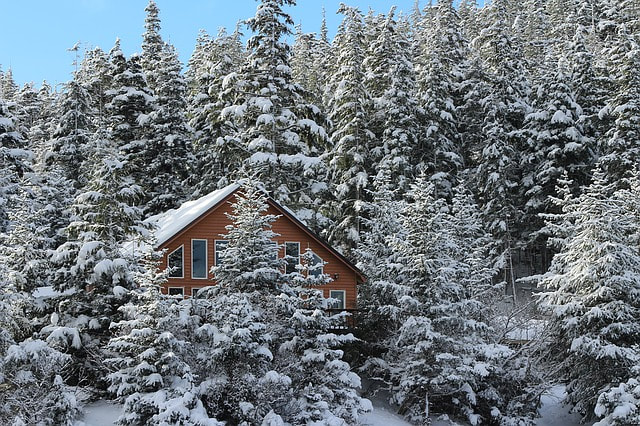|
When we think about roofing, we don't usually select winter as an ideal time but let's face it, emergencies happen and sometimes work needs to be done in less than ideal situations... Let's look at three things that affect the final result of a roof job: the human factor, the tools’ capacity to perform, and the shingle product itself. First, there are human beings that will work on that roof. Starting the day roofing in the winter, shoveling and ice-breaking sometimes must be done first and it is not ideal. BUT, it is necessary to install on an “appropriate substrate”—and snow and ice are not on the list. We need to reach the bare deck, especially in new construction. Any kind of precipitation will make the slope slippery, adding to the level of hazard and reducing the speed and comfort of the workers. Also, the low temperatures can make the physically demanding job of roofing even harder as winter clothing that must be worn can add another 15 pounds to body weight. Because of the need to use your fingers precisely and bend your toes, a contractor can only wear small gloves and boots. For most roofers, it is uncomfortable below freezing and impossible below 20°F. Second, the roofing crew uses many different tools. Some of them aren’t affected by temperature, but some, like compressors and nail guns, can be affected. When compressing and releasing the air in your system, humidity will turn into water. If the temperature is freezing, the water may freeze in the airlines and reduce the airflow that the installer receives on the roof. This makes it harder to install the nails properly and it means your roofer must constantly set the depth adjuster on the gun and monitor the presence of humidity or ice in the system. Third, there’s the question of whether shingles can be installed in cold weather. The short answer is yes, but the reality is that the asphaltic material in the shingle may lose its flexibility and resistance as the temperature goes down. It will become harder to bend the shingles and to cut them straight. Another important consideration is that cold weather increases the chances of blow-offs. All shingles are equipped with a self-sealant strip, a line of glue that activates with the sun and tabs the shingles together, preventing the wind to catch them. This glue activates at different temperatures depending on the manufacturer and the manufacturer may specify that if the shingles are NOT tabbing properly because of temperature, they should be hand-sealed. That means the crew should apply the amount of roofing cement underneath every laminate shingle with a caulking gun and then press the shingles into the cement. This will help prevent the wind from lifting them before there is sufficient heat for them to self-seal. Bottom line is that sometimes, the seriousness of the roof situation outweighs the risk of doing the job in winter, but in most cases it’s wise to wait until the temperature is above freezing. For all your roofing needs please contact my team at Class Eh! Roofing by clicking the link HERE for a free estimate.
0 Comments
Leave a Reply. |
AuthorWayne Jeffreys is a native of Niagara-On-The-Lake and owner of Niagara based roofing company Class Eh Roofing! Archives
January 2024
Categories |



 RSS Feed
RSS Feed